Everything you need to know about the Volkswagen ID.3
This week Chris tests a Volkswagen ID.3. Chris talks us through his experiences and addresses common concerns of those considering purchasing or running an electric vehicle as their next car.
Introducing the Volkswagen ID.3
The ID.3 was launched last year and signifies the start of a whole new family of pure-electric cars for Volkswagen. Designed with one goal in mind; to bring e-mobility to everyone. This is not just a new car, but a new era for Volkswagen and possibly the automotive industry.
Available with three battery options and a range of up to 336 miles and rapid charging the ID.3 is designed to not introduce compromise. Its electric drivetrain ensures space inside can be maximised, yet outside the car is no bigger than a Golf. Plus, the ID.3 is carbon neutral, meaning VW takes responsibility for the greenhouse gases produced during production and delivery by using renewable energy sources and offsetting unavoidable emissions.
Discover more with Inchcape Volkswagen.
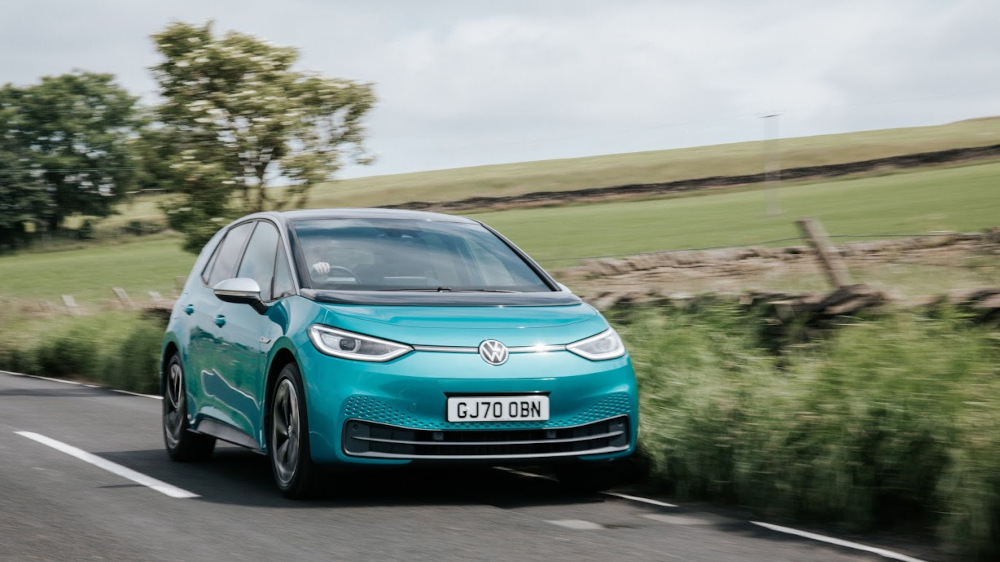

Living With an ID.3
The ID.3 benefits from its electric drivetrain which ensures refinement with no vibrations or noise being emitted into the cabin in the way a combustion engine would. This combined with the excellent suspension which was really smooth over all bumps gave the ID.3 a quality feel which is perfect for getting from a to b in a stress free environment.
Whilst the suspension is set up for comfort, put your foot down round some corners and the ID.3 does come alive, ensuring predictable handling and controlled grip. The ID.3 feels like a rear wheel drive car as it squats down with acceleration and the steering never feels compromised by the power.
The ID.3 can accelerate from 0-62mph in 7.3 seconds and has a top speed of 99mph. Yet it is the 0-30 mph sprint from traffic lights and pulling out of junctions where it is particularly impressive. The instant torque available and lack of gears gives you confidence when driving.
You select the gear by rotating a selector connect to the steering column, here you can twist into drive mode or brake mode. There is no configuration for the regen braking and the ID.3 cannot be driven with one pedal. Instead, in brake mode the regen braking is active and in drive it is less intrusive.
Experience the ID.3 for yourself.
The exterior of the ID.3 overall has a clean look with short overhangs and a long wheelbase which combined with the electric drivetrain packaging means the car is compact but with plenty of room inside for five adults and their possessions. This ensures it is the perfect family car.
The smooth design gives the ID.3 a low drag coefficient of 0.27 which increases efficiency and reduces wind noise. Design highlights include the LED light signatures such as the light bar at the front of the car, redesigned VW logo and large integrated rear spoiler.
The ID.3 is customisable and can be made to blend in by choosing a subtle colour such as black or grey or you can choose to stand out with more vibrant colours such as the car I drove in Makena Turquoise. The car can be further customised with graphics and a choice of alloy wheel designs.
Experience the ID.3 for yourself.
The interior of the ID.3 is as futuristic as the drivetrain technology powering the car. The basics are all there with comfortable and inviting seats, plenty of leg and head room and limited blind spots. There is no central transmission tunnel which lowers the central console to give more space and some extra storage for a couple of phones and two cupholders.
The steering wheel features high quality materials and capacitive touch buttons to operate a range of vehicle functions. Behind this and mounted to the steering column is the interactive driver’s display which shows information such as speed, range, road signs and navigation and vehicle information. At the centre of the car is a large touchscreen which displays the media options, navigation, smart phone connectivity, climate control and other vehicle settings.
The interior is finished off by the ID. Light and ambient lighting features. ID. Light communicates visually using a light bar at the front of the car. It can be used to help you navigate, park and will let you know when certain features are activated such as the voice control.
Experience the ID.3 for yourself.
Driving Modes
There a few driving modes including: Individual, Sport, Comfort and Eco. Comfort provides the perfect balance between efficiency and performance to provide a comfortable driving experience. Sport mode maximises performance whilst Eco ensures you get the most range out of the ID.3 by managing the climate control, giving haptic feedback via the accelerator pedal. Finally Individual allows you to choose how different elements of the car feel such as the steering weight, responsiveness and traction control.
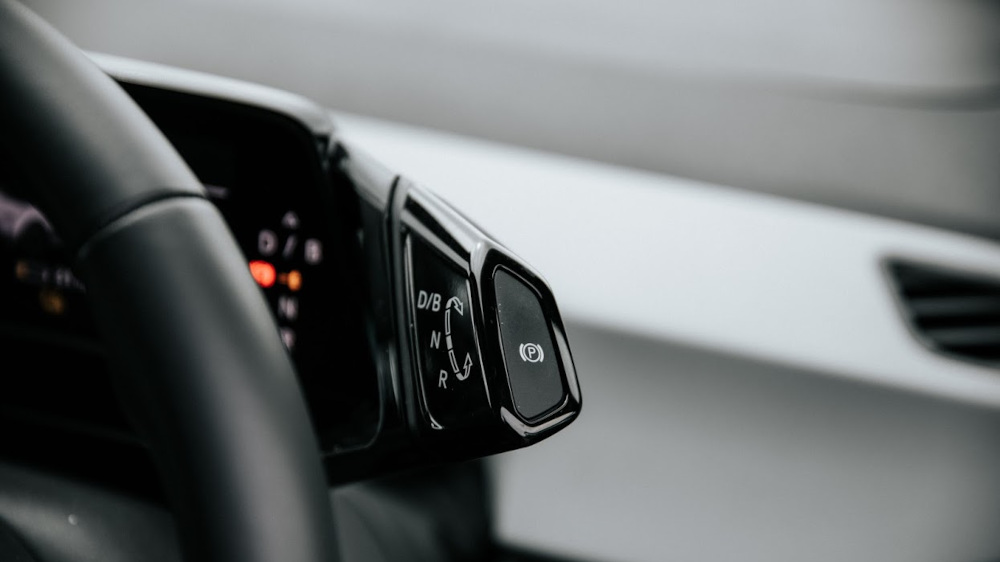

ID.3 Trim Levels
Standard equipment includes:
- 18" Steel Wheels
- LED Headlights
- Navigation System 'Discover Pro'
- ID Light and Voice Control
- Active Parking Assist with Reversing Camera
- Wireless Smartphone Charger
Discover the latest Volkswagen ID.3 offers at Inchcape here.
Additional style design highlights.
Standard equipment in addition includes:
- 18" Alloy Wheels
- Keyless Entry and Start
- Rear View Camera
- Matrix LED Headlights
- Air Care Climatronic 2 Zone Air Conditioning
- Rear Tinted Glass
Discover the latest Volkswagen ID.3 offers at Inchcape here.
Feel the space with a panoramic glass roof.
Standard equipment in addition includes:
- Panoramic Glass Roof
- 18" Steel Wheels
Discover the latest Volkswagen ID.3 offers at Inchcape here.
Technology and comfort combined.
Standard equipment in addition includes:
- Panoramic Glass Roof
- 18" Steel Wheels
- Augmented Reality Head-Up Display
Discover the latest Volkswagen ID.3 offers at Inchcape here.
The ultimate ID.3 with the largest battery.
Standard equipment in addition includes:
- 19" Alloy Wheels in Andoya Black
- Lane, Traffic Jam and Emergency Assist
- 77 kWh Battery
Discover the latest Volkswagen ID.3 offers at Inchcape here.
VW ID.3 In Detail
Charging Process
No, you don’t, in fact the quickest charging happens between 20 and 80%, so frequent top ups within this range can be more convenient and preserve battery health.
Fully charging the battery will however give you the maximum range for longer journeys. The battery is designed to last the lifetime of the car even with frequent charges outside of the 20-80% range.
To charge the ID.3 you simply open the charging port which is located under a flap similar to a fuel cap on the rear panel of the car.
Then either use the charging cable supplied with the car or the charging cable attached to the charging station and insert the cable into the car. Follow the instructions on the charging station such as payment instructions and confirmation, then check the car is charging by ensuring the charging icon led has turned green.
Lock the car and leave it to charge. When returning simply unlock the car and use the unlock button next to the charging port to remove the cable. If the cable belongs to the car return to the boot.
The fastest charging takes place between 20-80% battery capacity, outside of these charging is slower to protect the battery. Other factors also affect the charging rate such as – temperature (colder temperatures slow charging rate), the charging rate and the size of the battery. The ID.3 supports rapid charging up to 100kW.
Officially though between 0% to 100% these are the times taking into account the different battery sizes available:
• At home with a 3-pin plug, 21-36 hours to charge, giving 9-10 miles per hour charged.
• Home wallbox, 13-22 hours, 14-16 miles per hour charged.
• 7kW Public charger, 7-12 hours, 26-30 miles per hour charged.
• 22kW Public charger, 6-8 hours, 30-42 miles per hour charged.
From 20%-80%:
• 50kW Public charger, 40-60 minutes, 93-108 miles per 30 minutes charged.
• 150kW Public charger, 30 -40 minutes, 108-233 miles per 30 minutes charged.
At home to work out how much it will cost to charge your car, check the battery’s capacity and your electricity rate. For the ID.3, the smallest battery is 45kWh and for myself 11p per kwh. 0.11x 45 = £4.95 for a range of up to 219 miles. This means that each mile costs 2p. Whilst individual situation will influence the cost. This is still a large cost saving compared to a regular petrol car such as a Golf which costs approx. 12p per mile.
It is more likely that ID.3 users will take advantage of rapid charging. At a public charger the costs can vary. Some are free for customers such as Pod-Points at Tesco. Whereas others can cost money, using apps such as Pod-Point and Zap-Map you can see nearby chargers, if they are available and how much they cost. Quite a common cost for public chargers was 30p per kWh or a flat rate connection fee often around £1 then free after. The rapid chargers I found at service stations also cost around 30p per kWh which whilst costing more than at home is much quicker to charge and still costs less than running a combustion engine car.
The ID.3 can be charged with a Type 2 at home, work or at a public charging point. There is also a CCS connector for rapid charging at 100kW.
It may not be possible to have a home charger installed at home due to reasons such as not having off-road parking, renting or having parking not close enough to your home.
In these situations it is still possible to run an electric car. In fact with cars that support rapid charging it may be more beneficial to use a rapid charger once a week to keep the battery topped whilst not inconveniencing the driver. It is most convenient to charge an electric car where it is parked (which is almost 95% of the time for a car), using chargepoints at these locations. For most people this is at home but other frequent destinations may also have chargepoints such as work, shopping centres and leisure centres. Then less frequent longer journeys can benefit from on-route rapid chargers found at service stations.
Workplace charging and charging as part of a commute such as at a train station car park, in more normal times in particular serves as a good opportunity for people who cannot charge at home. As people often spend over 8 hours at work which is plenty of time to charge the car and most people’s commutes are less than 30 miles. I know that with my commute of 8 miles, I could commute everyday of the week in the ID.3 and only have the charge the car once every two to three weeks.
The ID.3 has a choice of three battery options to suit your budget, charging time and range expectations. These range from a 45kWh and 58kWh battery to a 77kWh option. The larger the battery the higher the cost and the longer the charging time, but also the larger the range from a single charge.
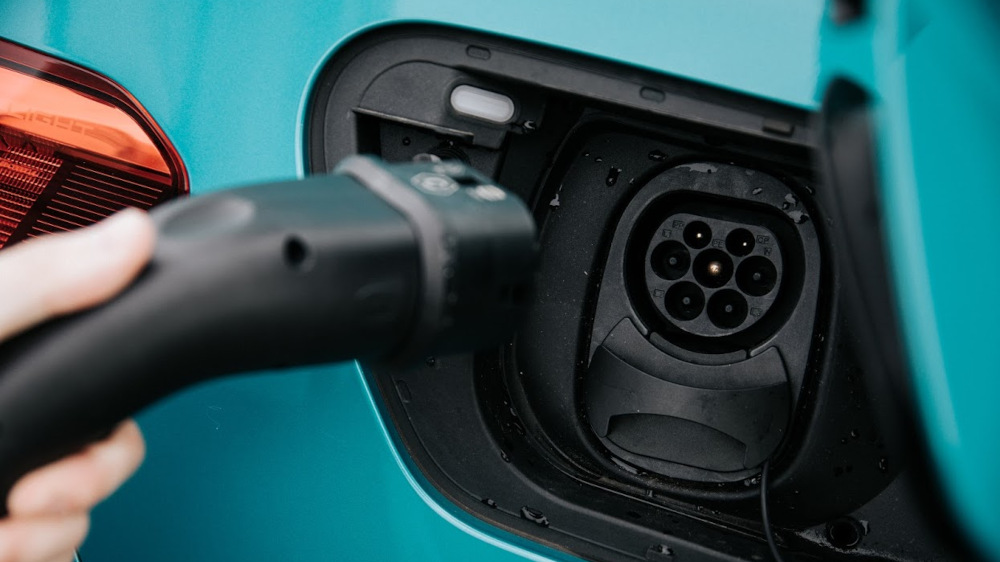

Electric Drivetrain Technology
The ID.3 uses regenerative braking to recover energy which would usually be wasted when braking.
The regen braking has two different modes to control how much regen takes place. In its strongest setting the car can be driven almost with one pedal and in its weakest the car will just free roll.
Therefore, you can set the regen braking to be really weak and it will drive like a normal car or you can increase the regen braking to maximise efficiency.
The ID.3 is likely to need a service every year or 20,000 miles. Servicing is less than a comparable combustion engine car due to the fewer moving parts in an electric car. Inchcape supplies service plans so that you can spread the cost of servicing over fixed monthly payments.
The ID.3 also comes with a three-year warranty for the car and an eight-year warranty for the battery.
Browse the entire Volkswagen electric range by clicking below.
The ID.3 has an official electric range of up to 336 miles. I found it was easily capable of returning over 300 miles range without adapting my driving style and having the climate control set to how it would be in a petrol car. It is worth noting it was over 25 degrees so the air conditioning was working hard.
Therefore, with more careful driving and using the Eco mode I would expect over 310 miles to be achievable. Plus the ID.3 supports rapid charging so 20-80% battery charge can be achieved in 30 minutes.
Browse the entire Volkswagen electric range by clicking below.
A combustion engine vehicle uses waste heat from its components to heat the interior of the car. The components of an electric car do not produce enough heat to warm the cabin, so instead they must heat and cool the interior using electric power which reduces the efficiency and range.
Therefore, the ID.3 is available with an optional heatpump which drastically improves the efficiency of the climate control. This compresses refrigerant under high pressure and the heat produced is used to heat up flowing air from outside.
The heatpump not only aids the climate control it can also be use to precondition vital components such as the battery by warming it before use during the winter to improve performance and range. The heatpump uses up to 40% less electrical power compared to a car without the system.
Purchase, Tax and Grants
The Volkswagen ID.3 benefits from a range of low tax, grants and exemptions. The car benefits from £0 road tax, London Congestion Charge exemption (although a £10 admin fee is still required each year) and free entry into Ultra Low Emission Zones.
Company car drivers benefit as well as the BIK value is 1% for 2021/22 at a value of £254. 2% for 2022/23 and 2023/24. Whereas, a VW Golf would have a BIK value of 28%, so the ID.3 offers big savings.
It is eligible for the OZEV EVHS Grant (Electric Vehicle Homecharge Scheme) grant which contributes £350 towards the cost of installing a wall box. This can be further backed with an EST (Energy Saving Trust) Domestic Charge Point Grant if you live in Scotland.
Dependent on the final cost of the car, the ID.3 is eligible for the OZEV Plug-In Car Grant which contributes £2500 towards the list price of the car.
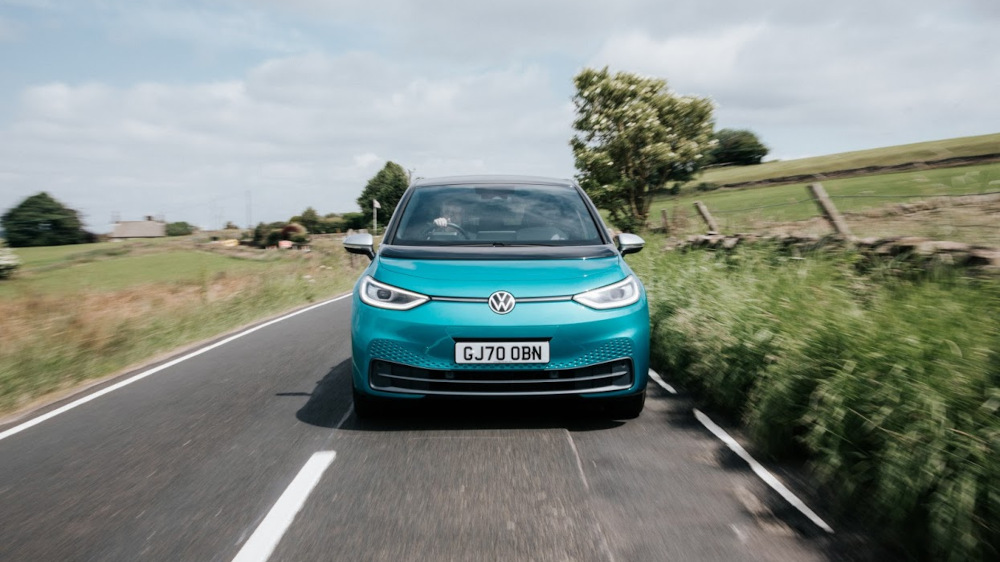
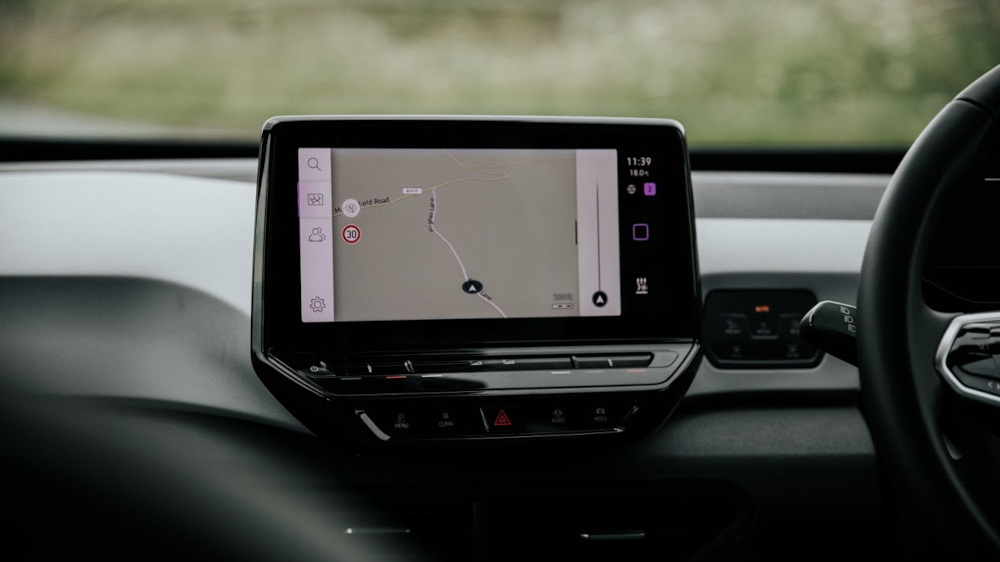
Technology
Saying ‘Hello ID’ will activate the voice assistant in the ID.3 which allows you to control features such as the radio, navigation, phone, or other settings easily without having to take your eyes off the road.
ID Light uses a light bar at the front of the car to communicate visually in your eyeline certain messages and instructions such as navigation information and other car functions. When you leave the car, the ID. Light gives a goodbye light signal.
AR Head-Up Display projects useful information straight onto the car’s windscreen within your field of vision making driving easier without having to take your eyes off the road. For example, it can tell you the speed you are travelling at and navigation information. It makes driving easier and more comfortable.
The ID.3 has a distinctive sound feature developed by a renowned composer. When driving slowly the ID.3 plays a floating sound to alert nearby road users of your presence. When you accelerate a sound is played to give a sense of speed. At higher speeds the sound discreetly fades to give a more relaxed and refined drive.
Practicality
Electric drivetrains aid interior space and the ID.3 is configured to maxmise practicality. There is lots of head room and leg room both in the front and rear. As well as lots of storage; in the front there are various cubbies, cup-holders and door bins.
The rear seats fold 60/40 and there is a ski hatch for extra practicality.
The boot is about the same size as a Golf's, which is enough to fit a buggy, the weekly shop or to go away on holiday with. The boot is packed with features such as a height adjustable floor which when raised, reduces the load lip and gives a flat floor as well as some storage underneath to hide away objects such as the charging cables and valuables.
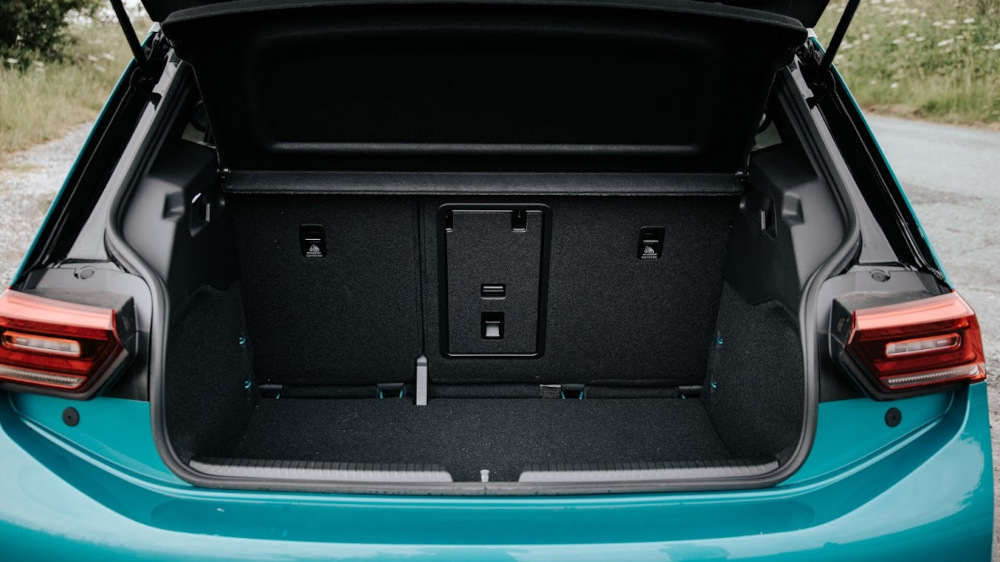
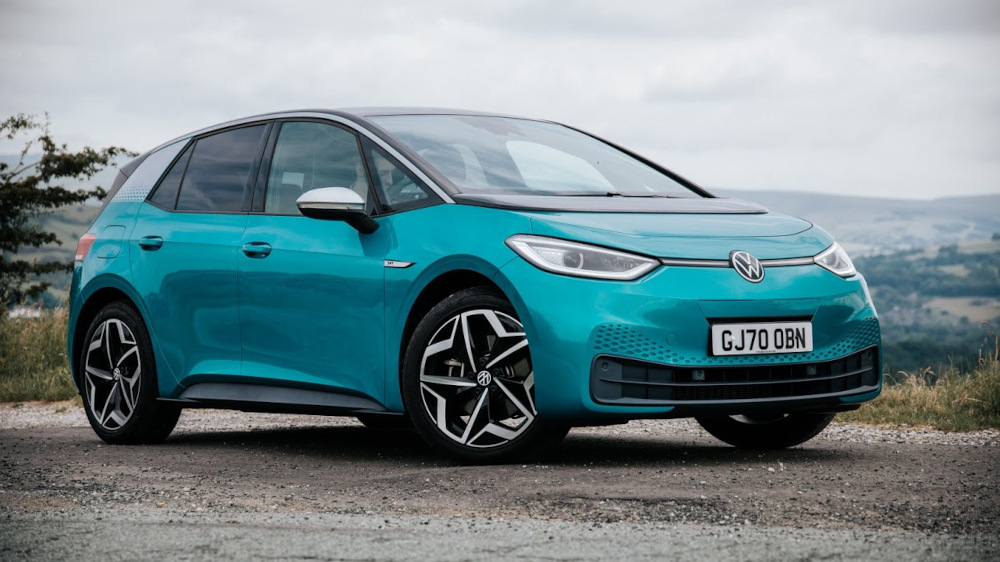
Volkswagen ID.3 Summary
The ID.3 is a fantastic first EV for VW, now available with a range of specifications and a range of batteries to choose from which ensures that the ID.3 suits almost every budget and requirement in this segment.
It is fun to drive, quick, efficient and spacious. The ID.3 ticks a lot of boxes for a lot of people and should definitely be considered if you need a family car and want to enter the electric car market.
Enquire now for the latest offers, to ask any questions or to book a test drive.
 New Volkswagen Offers
View our selection of offers on new Volkswagens at Group 1
New Volkswagen ID.3 Offers
New Volkswagen Offers
View our selection of offers on new Volkswagens at Group 1
New Volkswagen ID.3 Offers




